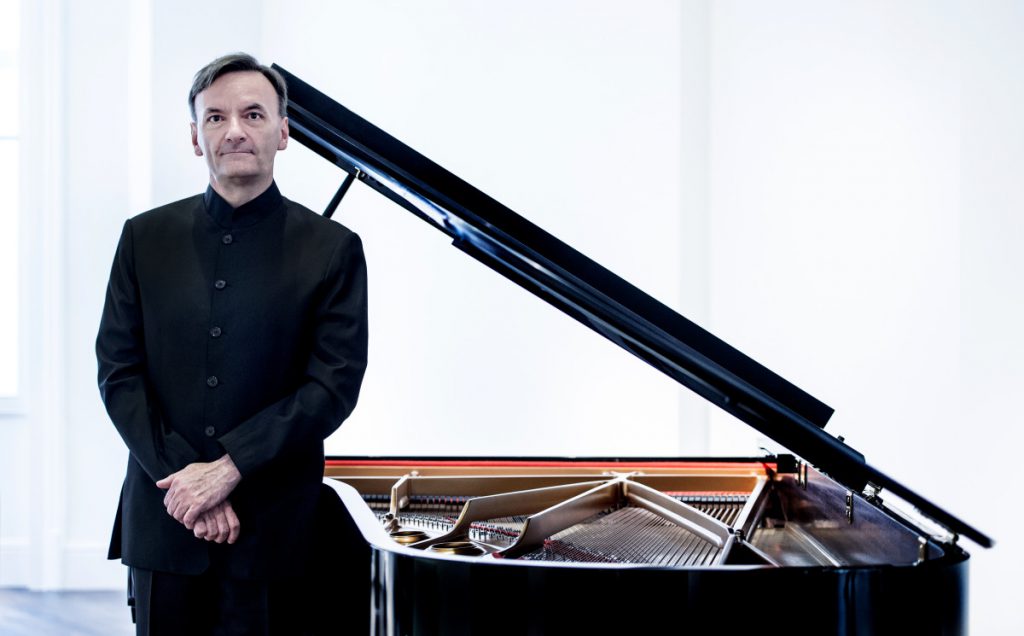Hough, Dausgaard and Philharmonic bring fresh life to familiar music

Stephen Hough performed Beethoven’s Piano Concerto No. 3 with the New York Philharmonic Thursday night. Photo: Sim Canetty Clarke
Concertgoers can’t expect to be dazzled by the new and unexpected every night, but there’s plenty of interest to entice in top-level playing of familiar repertoire. With guest conductor Thomas Dausgaard and piano soloist Stephen Hough leading the way, that’s just what the New York Philharmonic delivered Thursday night in David Geffen Hall.
The program was largely boilerplate, but one built of precious metals: Nielsen’s Helios Overture, Beethoven’s Piano Concerto No. 3, and Schumann’s Symphony No. 2.
Coming out of a still silence, and returning to the same, the orchestra had an inner glow and strength, an organic, breathing sound in the opening Helios Overture. There was ample energy in the middle portion, yet the performance was most distinguished at each end. The horns showed some strain in the difficult intervals at the beginning—the rising sun cutting through the morning’s mist—but were smooth and full in the end, as Helios’s chariot dipped below the western horizon. Dausgaard put extra weight on the brass section, which came through with a broad, deep, and resonant sound.
In fact, there has been a new glow to the entire orchestral sound, which has been noticeable this season—likely due in part to the addition of folding wooden screens at the back of the stage.
The performance of Beethoven’s Piano Concerto No. 3 showed soloist in superb, even memorable form. His smooth legato, and clear articulation were as striking as his virtuosic speed, and even more his thinking. Every note and line he played gave the impression of purpose, that Hough had found musical insight and personal meaning in every moment of the score.
His approach was not just intellectual but emotional, with uncommon freshness and fire. Hough also connected the piano with the orchestra to an unusual degree. In the Largo, there was a real dialogue, from phrase to phrase, between the keyboard and both sections and individual voices in the Philharmonic. For their part, the orchestra under Dausgaard played with a strong feeling of engagement with Beethoven’s form, how the harmonies built a logic that was beautiful for being so strong and inevitable.
The Philharmonic has an important history with Schumann’s symphonies. Their 1963 Columbia recording of the Symphony No. 2, with Leonard Bernstein conducting, did yeoman’s work in countering the prevailing notion that the composer was not an adequate symphonist. While the matter is no longer in dispute, Thursday night’s performance of the magnificent Second furthered the pleasure and effect of this work.
Dausgaard’s pace was excellent throughout. Through the entire performance, Schumann’s fluid pulse, and the way it propels the music forward like few other symphonies, came directly out of the lyricism. Compared to the playing in Helios, the brass fanfares which are an integral part of the symphonies formal foundation were on the dry side and reinforced the sense of dignity in which Schumann wraps his sublime and beautiful expression.
This program will be repeated 8 p.m. Saturday. nyphil.org






